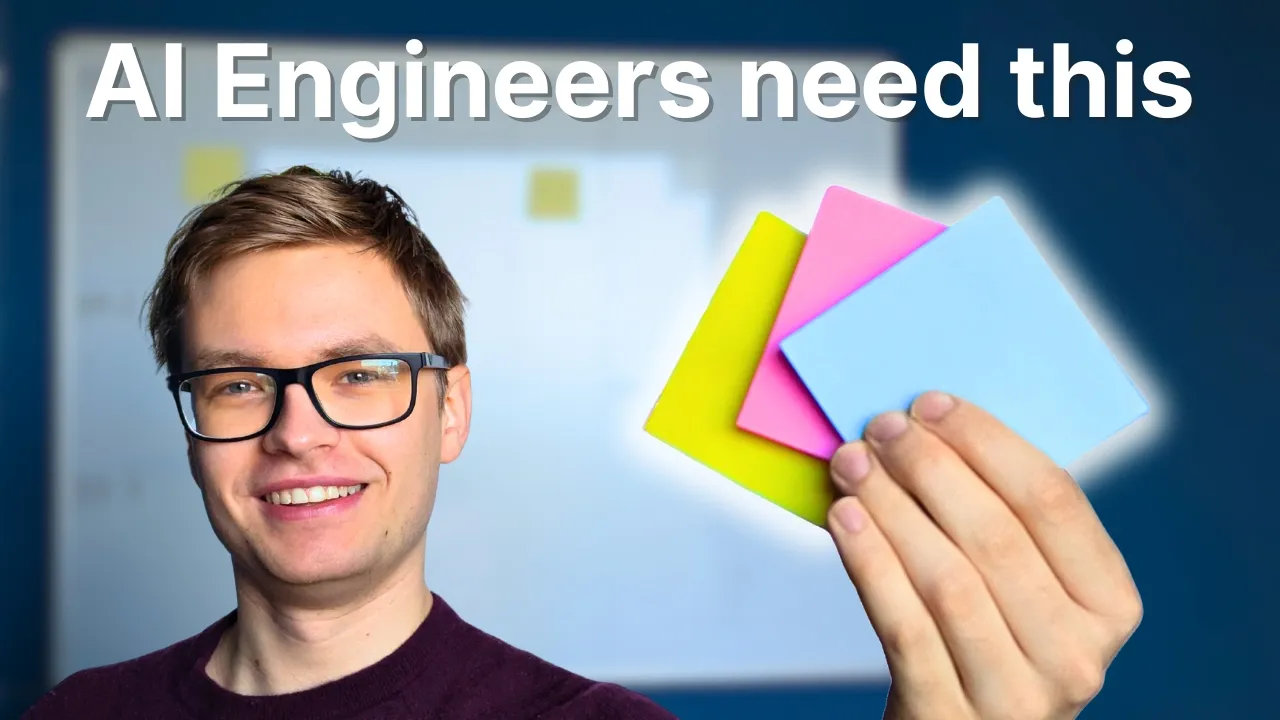The Psychology of Tangible Progress in Digital Work
The paradox of modern AI engineering work is striking: we build sophisticated digital systems while our brains remain wired for physical, tangible experiences. This fundamental disconnect helps explain why many brilliant engineers struggle with productivity despite having cutting-edge digital tools at their disposal.
My journey to becoming a senior AI engineer with over 1,800 meaningful contributions in 2024 revealed something unexpected: incorporating physical elements into my digital workflow dramatically enhanced my productivity, focus, and career satisfaction. This discovery aligns with the broader AI engineering career path that emphasizes not just technical skills but also the productivity systems that enable sustained high-level performance.
The Neurological Case for Physical Interaction
Our brains process physical and digital information differently. Neuroscience research reveals that physical interaction activates more regions of the brain, creating stronger memory imprints and emotional connections. When we interact with tangible objects:
- Neural pathways related to spatial awareness become engaged
- Procedural memory (how to do things) gets activated alongside declarative memory (facts and information)
- Our motor cortex contributes to information processing
- Proprioception (body awareness) reinforces cognitive processing
This multisensory engagement explains why many people retain information better when writing notes by hand rather than typing them. The physical act creates richer neural associations.
Commitment Psychology and Task Completion
Perhaps the most powerful psychological principle at work in physical task systems is commitment psychology. When we take concrete physical actions related to our intentions, we’re significantly more likely to follow through.
Psychologists call this an “implementation intention” effect. By physically writing a task on a sticky note and placing it on your monitor, you’re not just noting the task—you’re creating a concrete environmental trigger that strengthens your commitment to complete it.
This bridges what psychologists call the “intention-action gap”—the disconnect between what we intend to do and what we actually do. The physical representation serves as a commitment device that makes the abstract (your intention) concrete (the physical note).
The Visceral Joy of Visual Progress
Digital completion markers (checkboxes, status updates) provide information but often lack emotional impact. In contrast, physical systems offer deeply satisfying visual progress indicators that tap into fundamental human motivation systems.
The act of physically moving a note from “in progress” to “done,” and eventually crumpling completed notes and tossing them away, creates:
- A visceral sense of accomplishment
- A visual record of progress over time
- A physical “before and after” comparison
- A ritualistic completion experience
These elements activate our brain’s reward pathways more effectively than digital completions, creating stronger positive reinforcement for productive behaviors. This explains why physically crossing items off a paper list feels more satisfying than clicking a digital checkbox.
Balancing Team and Individual Systems
The challenge for modern AI engineers isn’t abandoning digital systems—it’s complementing them effectively. Digital tools excel at:
- Team-wide visibility and coordination
- Automatic record-keeping and documentation
- Asynchronous communication
- Complex workflow automation
However, these tools often fail to address the psychological needs of individual focus, commitment, and satisfaction. The optimal approach combines digital systems for team coordination with physical systems for personal prioritization and focus management.
This hybrid approach acknowledges an important truth: the tools that help teams collaborate aren’t necessarily the same tools that help individuals focus and execute.
Designing Your Personal Physical System
The beauty of physical systems is their flexibility and personalization. While my system uses a specific three-column board with sticky notes, the fundamental principles can be adapted to different preferences and work styles.
The key elements to preserve are:
- Physical representation of tasks and priorities
- Clear visual distinction between planning and active focus
- Tangible movement of items as status changes
- Satisfying physical completion indicators
Whether you prefer index cards, a whiteboard, or a different configuration of sticky notes, the essential factor is creating a system that engages your brain’s natural affinity for physical interaction and visual progress tracking.
By bridging the gap between our digital work and our biology’s need for tangible experience, these systems don’t just organize tasks—they transform our psychological relationship with our work, creating the conditions for exceptional focus, satisfaction, and career advancement. For AI engineers looking to build an impressive portfolio, such productivity systems can mean the difference between scattered effort and focused, high-impact contributions that showcase your capabilities.
To see exactly how to implement these concepts in practice, watch the full video tutorial on YouTube. I walk through each step in detail and show you the technical aspects not covered in this post. If you’re interested in learning more about AI engineering, join the AI Engineering community where we share insights, resources, and support for your journey. Turn AI from a threat into your biggest career advantage!

